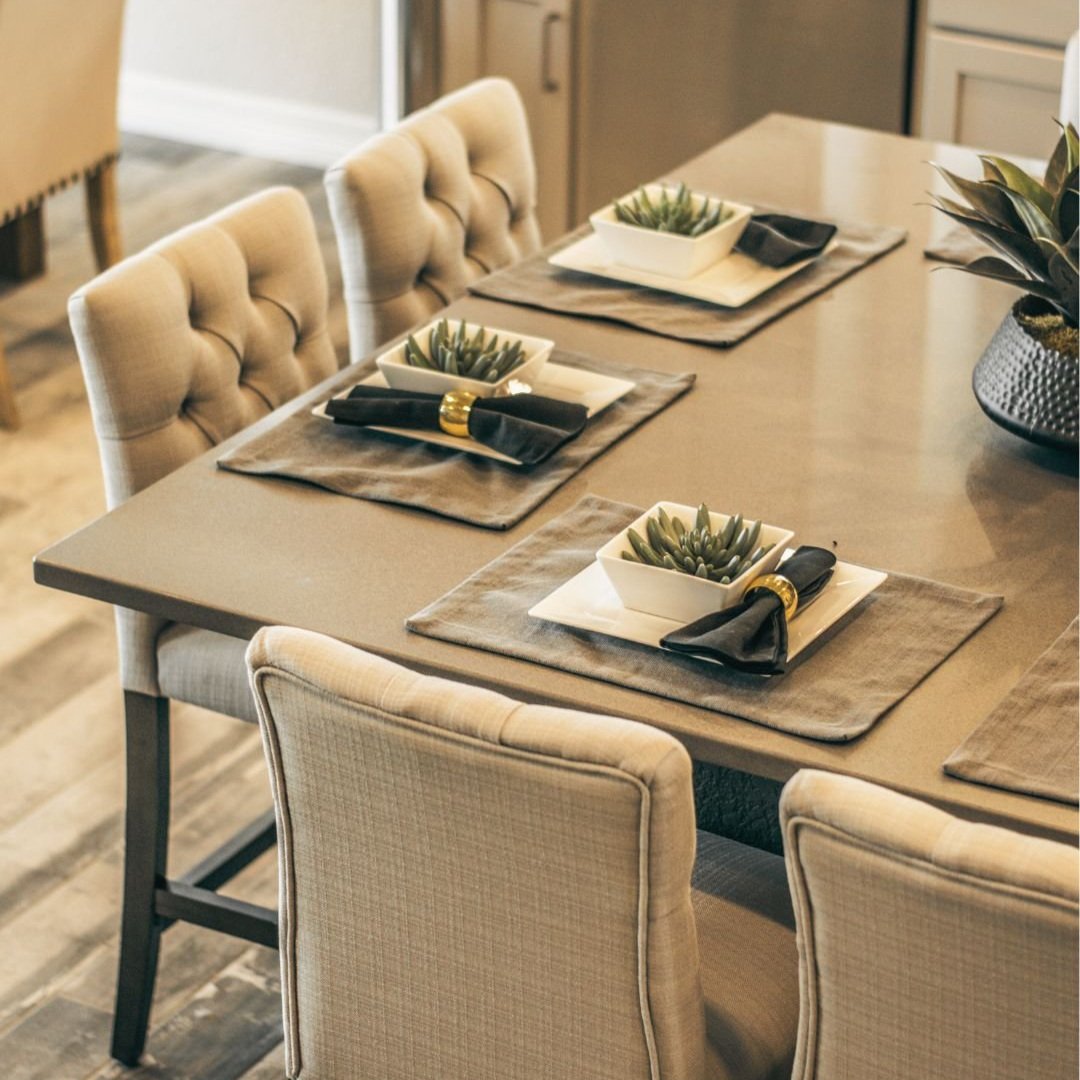How to Proactively Address and Handle the Most Common Interior Design Client Complaints
/Every interior designer has been there—you’re deep into a project, feeling good about the progress, and then BAM—a frustrated email lands in your inbox, or a not-so-pleasant phone call comes through. Maybe the client feels out of the loop, has sticker shock, or suddenly wants to change everything. These moments can be stressful, but they’re also preventable—or at the very least, manageable with grace and professionalism.
Over the years, we’ve gathered insights from working interior designers about the most common client pain points and complaints. After hearing the same frustrations repeatedly and seeing common patterns emerge, we realized that most designers—at some point—will experience these, and that’s why we wanted to share them with you to help you avoid unnecessary headaches!
So, whether you're new to the industry or a seasoned pro looking for smoother projects, here’s how to get ahead of these common complaints before they happen—or handle them better if they already have appeared.
Read More





























